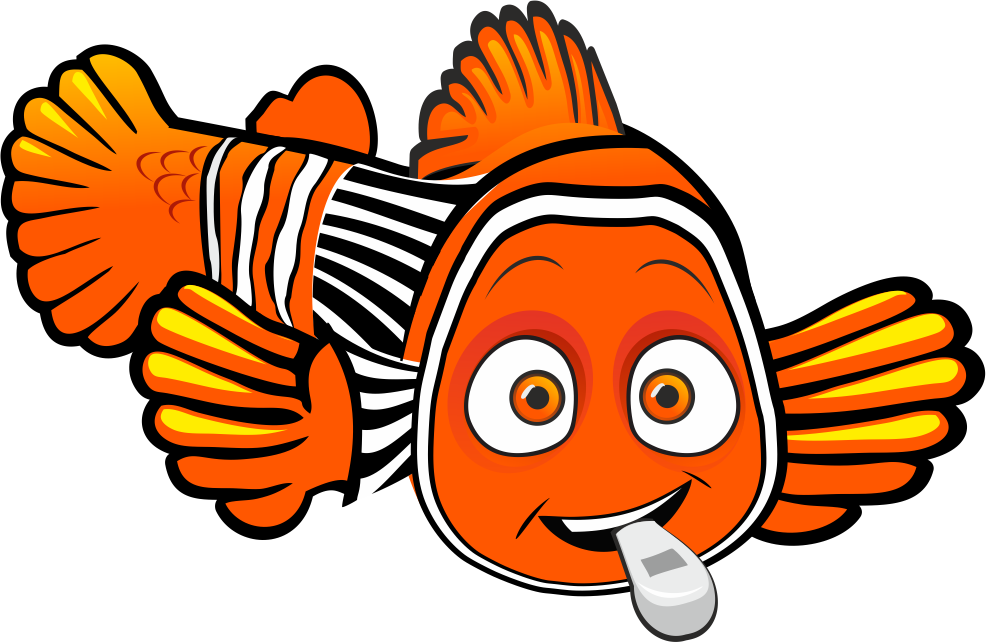Basic Facts About Swordtails
| Scientific Family: | Similar to other livebearers such as mollies, Swordtails are in the family Poecilidae |
| Number of Swordtail Species Types: | There are nearly 30 different species of swordtails that are recognized in the world today. |
| Average Life Span: | The Typical lifespan for Swordtails is about 3 years, however some have been known to live as long as five years. |
| Typical Size: | Swordtails are medium size fish and generally range from 2-4 inches, however some of the largest males can be as long as 6 inches long when including the tails for males. |
| Colors: | Swordtails come in a variety of colors, the most common swordtails are orange in color but other variations include pineapple and green swordtails which can be stunning shades of yellow or green. Still other varieties can be bright white with other coloration on their fins. One of the most distinctive traits of swordtails is the long tails that males develop. |
| Native To: | Swordtails originate from Central America and can be found from Mexico to Panama and even into South America as far south as Brazil. Swordtails are freshwater species and inhabit streams and ponds. Swordtails prefer moving water to stagnant water. |
| Water Conditions Needed: | Temperature: 69-79°F PH Level: Swordtails naturally occur in South and Central American streams and prefer neutral water with a PH around 7. |
| What Do Swordtails Eat?: | Swordtails are omnivores and eat a variety of different foods, including flake food or other meaty foods such as bloodworms or frozen brine shrimp. As with most fish in the aquarium, a varied diet can help your fish thrive. |
| Fish-Keeping Experience Level: | Swordtails are relatively easy to take care of but do require their tanks to be kept relatively clean. We would recommend these for beginner to intermediate aquarists. |
| Minimum Tank Size: | Swordtails can grow fairly large for community fish so we would recommend that you keep a pair of swordtails in no smaller than a 20 gallon tank. If kept by themselves a ten gallon tank may work, however if you’d like to keep other fish with them we would recommend a larger tank. |
| Tank Accessory Requirements: | We recommend adding coral and cavernous rocks, as Dottybacks need access to lots of dark, hiding places. Dotties like to claim their “area” and will defend this against other fish in the aquarium. Live rock is prefered. Because of this, you will need tank lighting if you have live coral and other plant life. You’ll also need a heater and filter. Protein Skimmers are recommended. |
| Compatibility – Other Fish: | Swordtails can be kept with a variety of other community fish, such as tetras, small barbs and even a few semi-aggressive fish such as angelfish. We would recommend fish such as Neon Tetras, Lemon Tetras, or Cherry Barbs to keep with your Swordtails. |
| Compatibility – Plants and Corals: | We recommend keeping your Swordtails in a planted tank. Plants such as java fern, Bacopa or variations of Rotala make excellent tank mates for Swordtails. If planning on breeding swordtails, make sure to keep floating plants, such as Dwarf water lettuce to provide hiding places for the Fry. |
| Compatibility – Do not Keep With These Species: | We would recommend avoiding larger, more aggressive fish for swordtail tankmates. Fish such as Oscars should be avoided as they can be very aggressive. Additionally, we would recommend against keeping swordtails with African Cichlids due to aggression and water parameter differences. |
| Can you breed them? | Swordtails do well in planted tanks, and if you’d like to try your hand at breeding them, we would recommend floating plants, such as Dwarf Water Lettuce to protect their babies. Swordtails are livebearers, meaning they give birth to live young. If you’d like to raise the young, it’s important to give them enough cover to hide. |
| Fun Fact: | Swordtails have become an invasive species in certain parts of Africa. While we encourage responsible aquarium keeping, it is never ok to release aquarium fish in the wild. |
| Cost: | Swordtails are reasonably affordable aquarium fish and range in price from $3.50 to $5 on average. |

How will a Swordtails behave in your aquarium?
Swordtails are peaceful community fish and are generally top water swimmers. If you have a male and female swordtail, one of the coolest behaviors that they may exhibit is their mating dance. The male will curl his body around the female while swimming in circles.
How to acclimate your Swordtail to your fish tank?
Swordtails can be acclimated by the floating method, detailed below. As Swordtails are fairly hardy fish, they are easy to acclimate to your home aquarium.
Floating Method:
Step 1: Place the bag with your Swordtails in your aquarium & cut off the lights. While they likely had the light on in the petstore, keeping them close to the lights of your tank may unintentionally heat the water in their bag more than you wanted to.
Step 2: Let the bag float for 10-15 minutes to reach the same temperature as the tank.
Step 3: Cut a small hole in the bag and allow some of the water from your aquarium to flow in until it makes up roughly half of the water in the bag. Allow the bag to continue to float for about 5 more minutes, this will allow theSwordtails to ease into the water parameters of your tank
Step 4: Release the Swordtails into your tank!
Which Species Are Best To Pair With Your Swordtails?
- Small Tetras, such as Lemon Tetras, Rummynose Tetras or Cardinal Tetras
- Guppies or other livebearers such as platies
- Bristlenose Plecostomus
- Small barbs, such as cherry barbs
- Cory catfish
Most Common Types of Swordtails
- Red Wag Swordtails
- Pineapple Swordtails
- Green Swordtails
Ohfishal Swordtail Fish Tank Set Up
This is our ultimate checklist for a set up for Swordtails. Below is everything you need for a great habitat for Swordtails! Of course, you can do this with less parts, or different parts, but this is our all-in ohfishal recommendation. This set-up will run you around $220 (market prices will vary).
- Fish Tank, Light, and Filter – 20 Gallon Aqueon Starter Kit – $130
- Species
- Fish – 3 Swordtails ($10-15, at your local fish store). 6 Cory Catfish ($30 – albino or bronze corys will work great also) and 6 Neon Tetras ($12-18)
- Plants – Dwarf Water Lettuce ($4), Java Fern ($5), Small Driftwood ($10-15)
Frequently Asked Questions about Swordtail Fish
Swordtails go well with other small tetras, such as Neon Tetras, Lemon Tetras or Cardinal Tetras. Additional Livebearers, such as platies go great with swordtails
Swordtails generally live about 3 years in the home aquarium, but can live up to 5 years.
Swordtails are livebearers, meaning that they give birth to live young rather than laying eggs. The male will dance around the female during insemination and several weeks later the female will give birth to anywhere from 5 to 75 babies, although most births are only around 20 fry. These fry will grow quickly but are tiny at birth and need hiding spots near the surface of the tank in order to survive.
Swordtails generally range from $3 to $5 on the more expensive end for freshwater fish. Harder to find species, such as Pineapple swordtails will be more expensive but shouldn’t exceed $10 each.
Swordtails will generally grow to about 4 inches with males being larger than females. Males are distinguished by their long caudal fin that gives them their name. The largest male swordtails can be up to 6 inches long including their tail.
